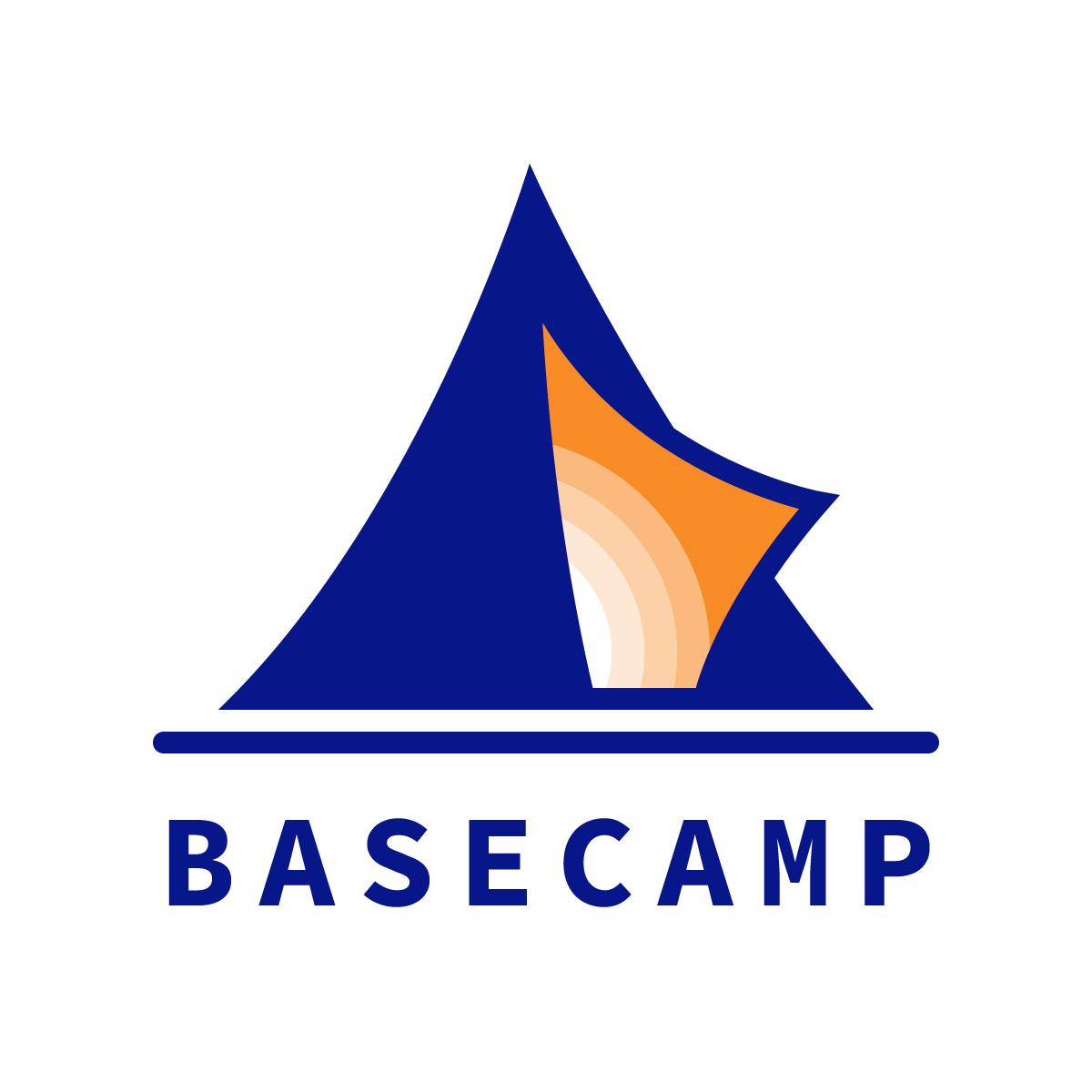Future of Learning Top Reads for week of Sept 10 2018
Photo by Adam Miller on Unsplash
“Higher Ed Situational Awareness: Where Are You?” by Heather McGowan, on Linkedin
“I see far too many in leadership positions at the academy lunging at old solutions from ‘launching a new major that will save us’ to ‘cutting the budget to get to the next cycle.’ Few are in the upper right and too many are in the lower left. If you do not have resources in excess of your burn rate, you need to be very nimble and agile with your staff, your faculty, your offerings and what you perceive as your market (if you only see 18-22 year olds you are probably too late). To quote Michael Priddis when the world around you is moving faster than inside your organization you are in trouble.”
Why does this matter to the future of learning?
Althought this matrix addresses the higher education market, it also maps onto the independent school market. A chunk of independent schools draw on endowment to balance their annual operating budgets, a fact that places them “at risk.”
This risk is compounded by the fact that the national market for independent schools is shrinking, both because of the shrinking number of families who can afford them and the increase in good low- or no-cost alternatives.
Where does your school fall on this matrix?
***
“Charter Schools: 7 Common Questions, Answered,” by Arianna Prothero / @AriannaProthero, in Education Week
“With their relative autonomy, charter schools are touted as a way to spur school and classroom innovations and to provide parents with more public-school choices. With more educational options, schools are forced to compete to attract and retain students which leads all schools to improve, school choice advocates say. Innovative school models are another draw for parents and students. Charters frequently take alternative curricular approaches or emphasize particular fields of study, such as the arts or technology, or set out to serve special populations of students such as special education or at-risk students. A growing number of virtual or cyber charter schools have also challenged the idea that a school must be a physical, brick-and-mortar building.”
Why does this matter to the future of learning?
Given that many of the readers of this blog come from the world of independent school education, and given the matrix above, I thought it would be useful to include a read on the competitive features of charter schools. As the market of families able and willing to choose independent school education shrinks and as low- and no-cost alternatives like charters steal market share, it is worth “seeing the system.”
***
“Competing on the Rate of Learning,” by Martin Reeves and Kevin Whitaker on Medium / BCG Henderson Institute
“Traditional organizational hierarchies react slowly and have limited decision-making bandwidth. Even if you knew the optimal product selection, marketing strategy, and pricing for every customer in every second, could your current organization act on that information?”
Why does this matter to the future of learning?
This is a longer article that rewards patience and thoughtful reading. That said, in short:
First generation learning organizations were good at figuring out how to make something faster and cheaper, and then to exploit those operational efficiencies for a competitive advantage.
Second generation learning organizations have figured out how to envision and create new products and services. In other words, they learn how to use innovation as a competitive advantage.
Third generation learning organizations will figure out how to learn at “superhuman rates” and how to think on a much longer timescale—the timescale of culture, politics, and other slow-moving dimensions of human existence.
I exchanged emails about this with A Hundred Years CEO Marc Mertens, who suggested that leaders think about decision making along these timescales:
What is your organization’s Purpose (Mission)? Timescale: 100 years / timeless / end game.
What is your organization’s Vision? Timescale: decades (think moon shots).
What is your organization’s Strategy? Timescale: years.
What is your organization’s Culture? Timescale: days.
This is why the Basecamp team obsesses over the “Order of Operations”: Mission > Vision > Culture.
Is your school the kind of learning organization that can think—and act—across multiple time scales?
***
Question of the week:
***
Thank you for reading this post from Basecamp's blog, Ed:Future. Do you know someone who would find the Ed:Future blog worthwhile reading? Please let them know that they can subscribe here.



